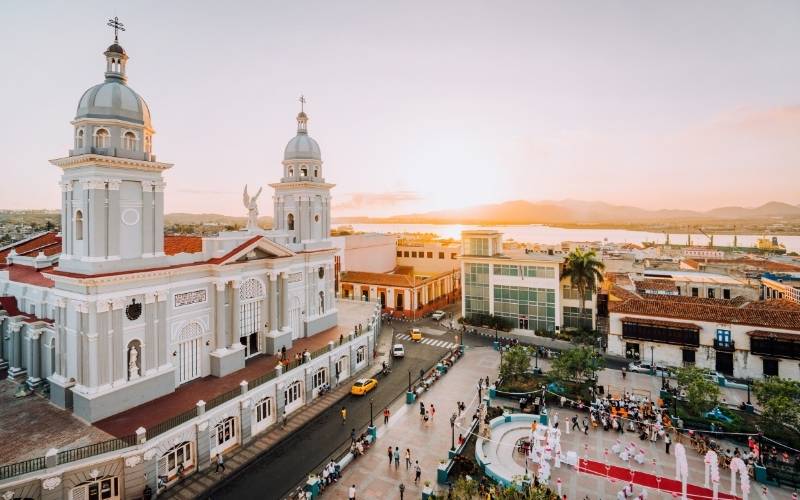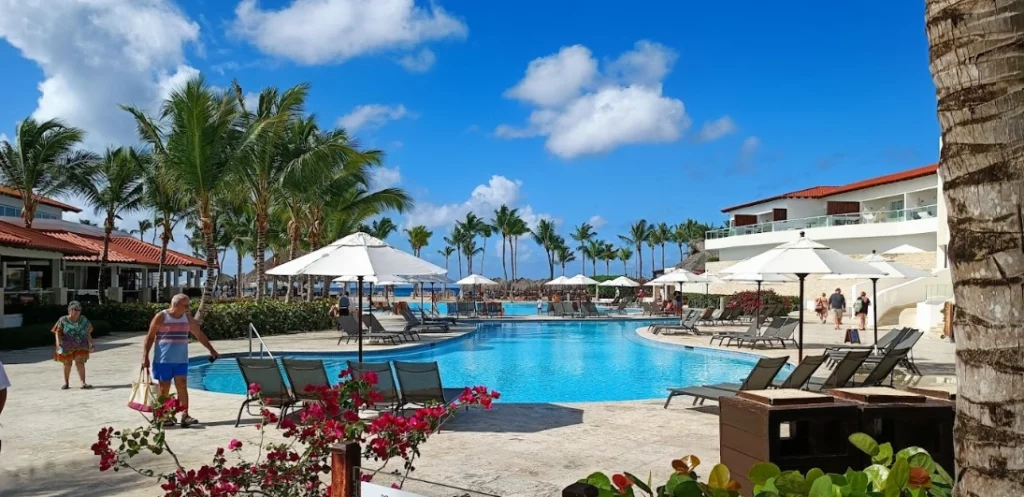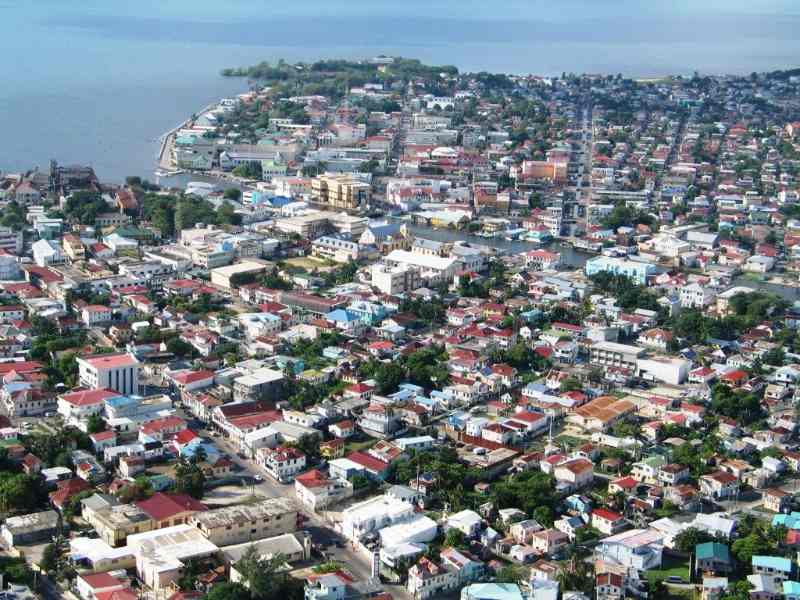A Record Amount of Seaweed is Choking Shores in the Caribbean
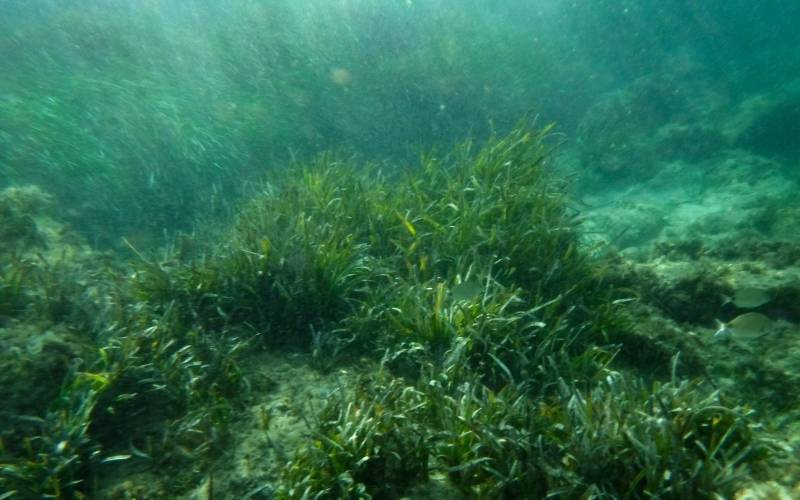
Having explored the picturesque Caribbean Islands and witnessed the stunning beauty of their pristine beaches, it’s disheartening to see how the persistent influx of seaweed has become a significant environmental concern for this region.
Tons of brown algae are suffocating the Caribbean coasts from Puerto Rico to Barbados, killing wildlife, strangling the tourism sector, and releasing hazardous fumes.
There is no doubt that global tragedy has been brought on by climate change. The environment is the one that is most impacted. Underwater algae have been overgrown as a result of pollution. Reports state that after 2011, the expansion attracted a lot of attention.
The Seaweed Invasion: One of the most striking observations during my travels across the Caribbean was the increasing presence of seaweed, particularly Sargassum, washing up on the once-pristine shores. This seaweed inundation has become a serious problem in recent years, affecting not only the aesthetics of the beaches but also the local ecosystems and economies.
Causes of the Seaweed Surge: Several factors contribute to the seaweed problem in the Caribbean. One of the primary reasons is the changing climate patterns, leading to warmer ocean temperatures and altered currents that favor the growth and accumulation of Sargassum. Additionally, nutrient-rich runoff from agriculture and urban areas can fuel the growth of seaweed when it reaches the sea.
Impact on Ecosystems: The excessive seaweed accumulation has a profound impact on the fragile marine ecosystems of the Caribbean. Seaweed can smother coral reefs, preventing sunlight from reaching the corals and hindering their growth. This, in turn, affects the diverse marine life that relies on healthy reefs for their survival. Fish populations, in particular, suffer as their habitats are disrupted.
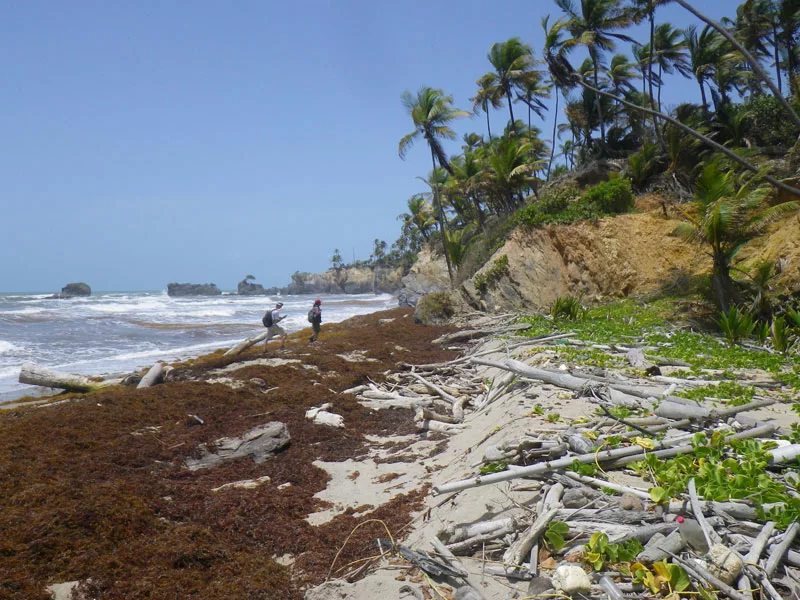
Economic Consequences: The seaweed invasion is not only an ecological issue but also an economic one. The Caribbean relies heavily on tourism, and the unsightly seaweed-covered beaches deter tourists, leading to a decline in the tourism industry. Local businesses, from hotels to restaurants, are feeling the financial strain caused by the decline in visitor numbers.
Community Efforts: During my travels, I’ve had the privilege of meeting dedicated local communities and organizations that are actively working to combat the seaweed problem. These efforts include manual removal of seaweed from beaches, repurposing seaweed for use in agriculture and as a source of biofuel, and ongoing research into innovative solutions for managing seaweed influxes sustainably.
International Collaboration: The issue of seaweed choking the shores in the Caribbean is not limited to one island or nation. It’s a regional challenge that requires collaboration among Caribbean nations, as well as international support and expertise. Initiatives are underway to share knowledge and resources to tackle this issue collectively.
What’s The Cause Behind This Alerting News?

Sargassum, a form of brown, gold algae commonly referred to as “golden tide,” washed up on the shore in unprecedented amounts.
The rotting seaweed gradually accumulated on beaches, attracted insects, and turned away visitors. Throughout 2018, the golden tide caused problems for fishermen, killed dolphins, and turtles suffocated coral reefs, and caused many islands to declare a state of emergency.
Normally, people consider seaweed more a blessing than a burden. Seaweed accumulation creates ecosystems like the Sargasso Sea, which provides refuge to turtles, eels, and Sargassum fish. Even though there are ecological advantages to seaweed, this year many nations are in emergency situations as a result of the seaweed’s overuse upsetting the ecology.
Although seaweed typically serves as a habitat and feeding ground for a wide range of aquatic creatures, including crabs, dolphins, eels, and various species of fish, once it washes ashore it begins to rot, emitting an unpleasant odor and releasing toxic gases that can cause heart palpitations, shortness of breath, and dizziness in nearby humans. Large floating mats are also blocking fishing equipment and obstructing maritime navigation, while seaweed that sinks to the bottom of the ocean may suffocate coral reefs and other ecosystems.
Along with swimmers and visitors, it has also had an impact on the fishermen, who now find it challenging to do their jobs since their nets clog and make it difficult to capture fish. The findings also detail how dolphins are impacted and become estranged from the seaweeds as a result.
About Time to Designate This An Emergency Situation, Given The Destruction Caused

Sargassum seaweed, which has a horrible odor, has recently inundated large parts of the Atlantic Ocean shoreline, prompting the governor of the U.S. Virgin Islands, Albert Bryan Jr., to proclaim a state of emergency.
The volume of these algae in the tropical, middle, west, and eastern Atlantic, as well as the Caribbean Sea and the Gulf of Mexico, increased significantly from 18.8 million tonnes in May to 24.2 million tonnes in June 2022.
This unprecedented accumulation of seaweed has choked the shoreline of San Juan, Puerto Rico, resulting in a drop in tourism and an increase in the discharge of harmful gas. The eastern coast of the Caribbean is where Puerto Rico is located, which exposes the islands to a lot of seaweed. When present in large amounts, seaweed has been known to deplete the water’s oxygen content, killing fish and seagrasses that are important homes for a variety of aquatic organisms. Additionally, it has caused ocean plants to receive less sunlight, suffocating coral reefs.
The US Virgin Islands energy generating facility, which depends on petrified water from desalination facilities, is likewise in danger as a result of increased seaweed levels. These power plants offer the government a sustainable option for lowering emissions tracked by the US Environmental Protection Agency. But without them, emissions will continue to rise, possibly creating a vicious cycle where the island’s seaweed levels rise and its supply of clean water diminishes.
The United Nations Caribbean Environment Program blames the region’s elevated sargassum levels primarily on the rise in water temperatures brought on by climate change and nitrogen-rich fertilizers, despite the fact that many scientists emphasize the need for additional research to fully understand the causes of the seaweed blooms.
The Cayman Islands government started a pilot initiative in which workers spread seaweed over more than 2,880 square feet of water (268 square meters). However, the government declared on August 2, 2022, that the project had been put on hold because pumping was no longer feasible due to the algae’s severe degeneration.
Scientists warn that while some island governments use large machinery to remove seaweed from the shore, this could cause erosion and ruin turtle nests, which are already in grave danger. Due to their severe financial difficulties, several Caribbean nations are unable to solve their severe seaweed problems.
The amount of seaweed in the Caribbean climbed from 18.8 million tonnes in May to 24 million tonnes of sargassum in June, per a report from the University of South Florida in 2022. The fact that seaweed levels did not decline in July has worried specialists like Chuanmin Hu, a professor of optical oceanography who contributes to the reports produced by the University of South Florida. Dr. Hu found a 20% increase in seaweed levels over the previous 2018 record.
Dr. Hu advised against having unrealistic hopes for the next summer’s availability of seaweed-free Caribbean beaches. Large-scale sargassum blooms in coastal seas are quite likely to become the “new normal,” severely disrupting ecosystems and the economy. However, given the variety of uses for seaweed, including its use in salads, bricks, tennis shoes, and fertilizer, this problem might also present new opportunities.
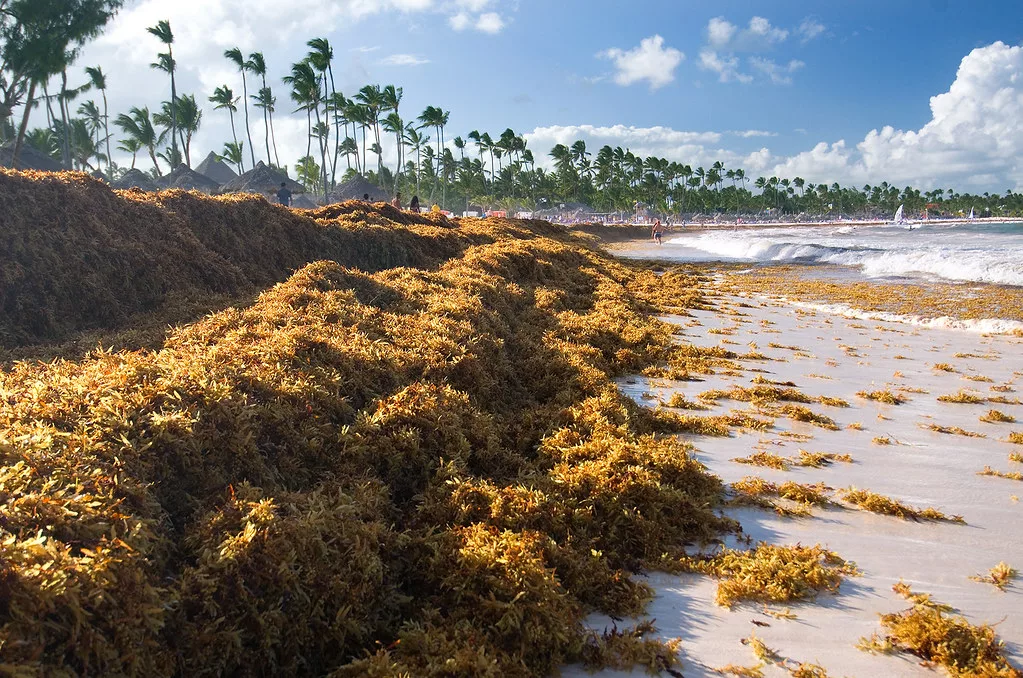
Browse our list of Kanana Caribbean hot spots and also checkout our news page for more updates.
Sources
Find Related News
Subscribe To Our Newsletter

Popular Posts
The Bahamas Holidays & Events You Must Attend at Least Once in A Lifetime
The Bahamas holidays are the definition of paradise, with over 700 islands encircled by dazzling blue waters. As you discover pink beaches, hidden sandbars, and deserted islands and coves, unwind and refresh during the Bahamas holidays.

